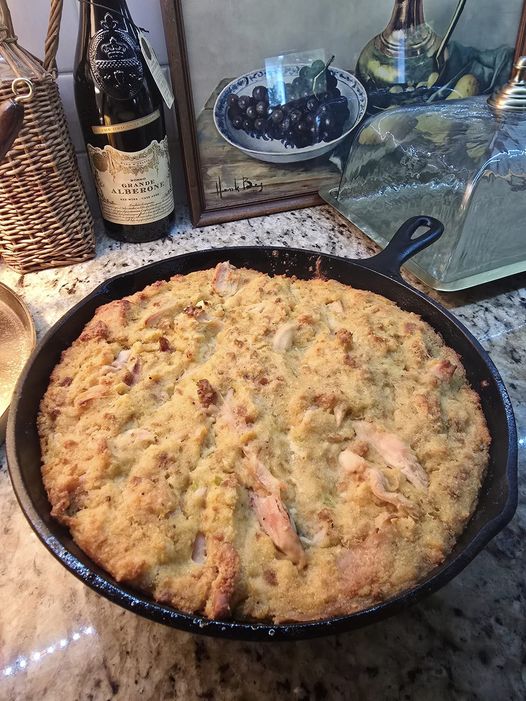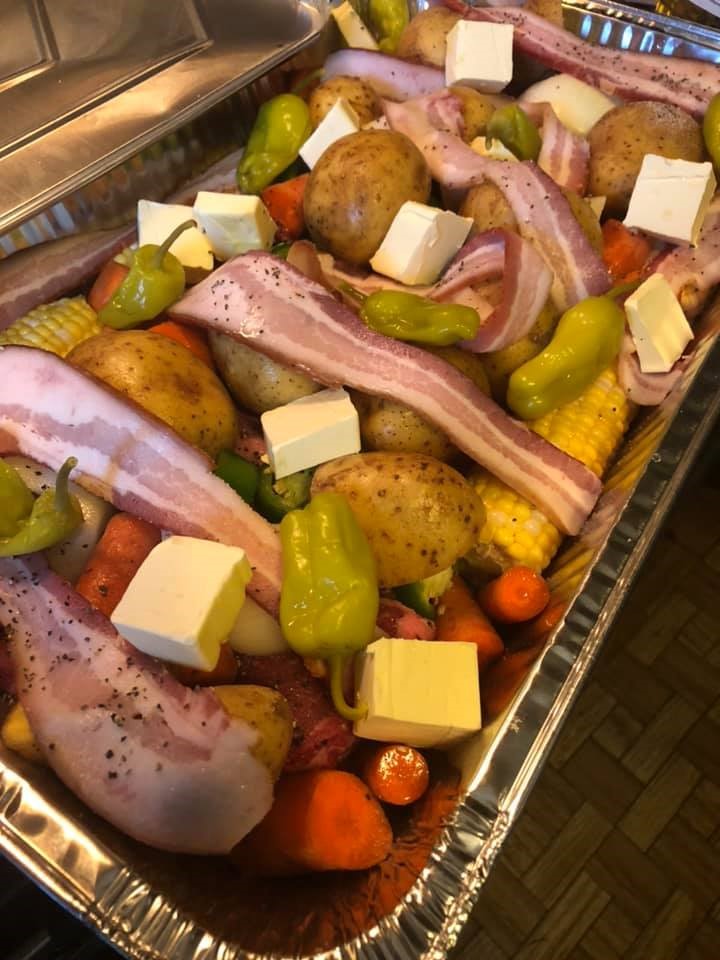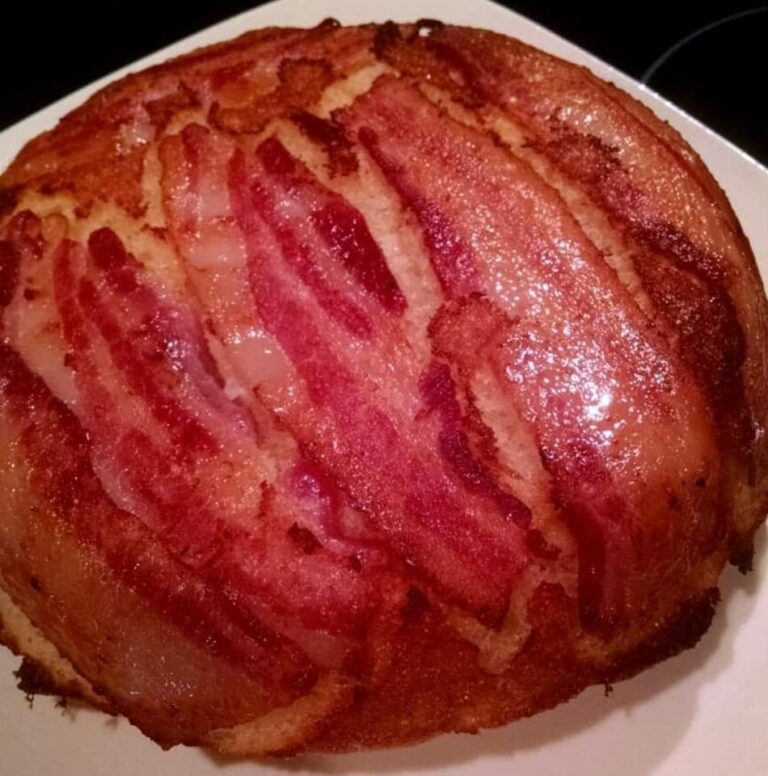Classic Southern Chicken and Cornbread Dressing Recipe
This traditional Southern chicken and cornbread dressing is a comforting dish, especially popular during the holidays. The recipe is based on the way I was taught growing up, with each step crafted by hand and a little intuition. It’s the kind of dish that feels more natural to make by feel than by following strict measurements—so don’t be afraid to adjust to your liking.
Ingredients
For the Chicken Stock
- 1 whole chicken
- 2–3 celery stalks
- 2 carrots
- 1 onion, halved
- Salt and pepper, to taste
For the Cornbread
- 2 cups self-rising yellow cornmeal
- 1 cup self-rising flour
- About 1 cup buttermilk (adjust for consistency)
- 2 eggs
- ½ stick butter, melted
- 3 tablespoons cooking fat (oil or bacon fat)
For the Dressing
- 3 celery ribs, finely chopped
- 1 large onion, finely chopped
- 1 stick butter
- Poultry seasoning, to taste (about 1 teaspoon or more)
- Salt and pepper, to taste
- 4–6 cups chicken stock
- 4 eggs, beaten
- ½ cup leftover bread, torn into small pieces
- ½ cup canned evaporated milk or cream (or substitute with cream of chicken soup if desired)
- Pulled chicken pieces (from the stock)
Instructions
Step 1: Make the Chicken Stock
- Simmer the Chicken
Place the whole chicken in a large pot with celery, carrots, onion, salt, and pepper. Cover with water and simmer until the chicken is tender and fully cooked. - Remove Chicken
Remove the chicken from the pot, letting it cool slightly. Pull the meat from the bones and set it aside for the dressing. Return the bones to the pot and continue to simmer for richer stock. - Strain and Store
Strain the broth, discarding the bones and vegetables. You can store the chicken and stock in the freezer if you want to prepare this recipe in stages.
Step 2: Make the Cornbread
- Preheat the Skillet
Place a cast-iron skillet on the stove over medium heat. Add 3 tablespoons of cooking fat (such as oil or bacon fat) and heat until the skillet is hot. - Prepare the Batter
In a bowl, combine the cornmeal, flour, buttermilk, eggs, and melted butter. Stir until just combined, being careful not to overmix. - Bake the Cornbread
Sprinkle a little cornmeal into the preheated skillet, then pour in the batter. Bake in a preheated 400°F oven until the top is golden, about 20–25 minutes. Let the cornbread cool completely before crumbling it for the dressing.
Step 3: Make the Dressing
- Sauté the Vegetables
In a skillet, melt 1 stick of butter over medium heat. Add the chopped celery and onion, cooking until they become soft and translucent. - Combine Ingredients
In a large bowl, crumble the cooled cornbread. Add the cooked celery and onion along with all the butter from the pan. Pour in 4–6 cups of chicken stock, starting with 4 cups and adding more if needed. - Season and Mix
Season with poultry seasoning (about 1 teaspoon or more if you prefer) and salt and pepper to taste. Stir in the beaten eggs, torn bread pieces, and evaporated milk or cream (or cream of chicken soup if substituting). The mixture should have a thick, pudding-like consistency. - Add the Chicken
Gently fold in the pulled chicken pieces. The mixture should be fairly soupy, as it will cook down in the oven.
Step 4: Bake the Dressing
- Preheat and Bake
Butter a large skillet or baking dish and pour in the dressing mixture. Bake at 400°F for 15 minutes, then reduce the temperature to 350°F and continue baking for about 25 more minutes, or until the top is lightly browned and the center is still soft. - Check for Doneness
The dressing should be soft in the middle—avoid overbaking, as it can become dry.
This recipe is a taste of tradition, and while it may seem lengthy, each step adds depth and flavor to the final dish. I hope you enjoy this classic Southern recipe as much as my family and I do. At 70 years old, this is still one of my favorite ways to connect with the past and share a bit of our culinary heritage.







